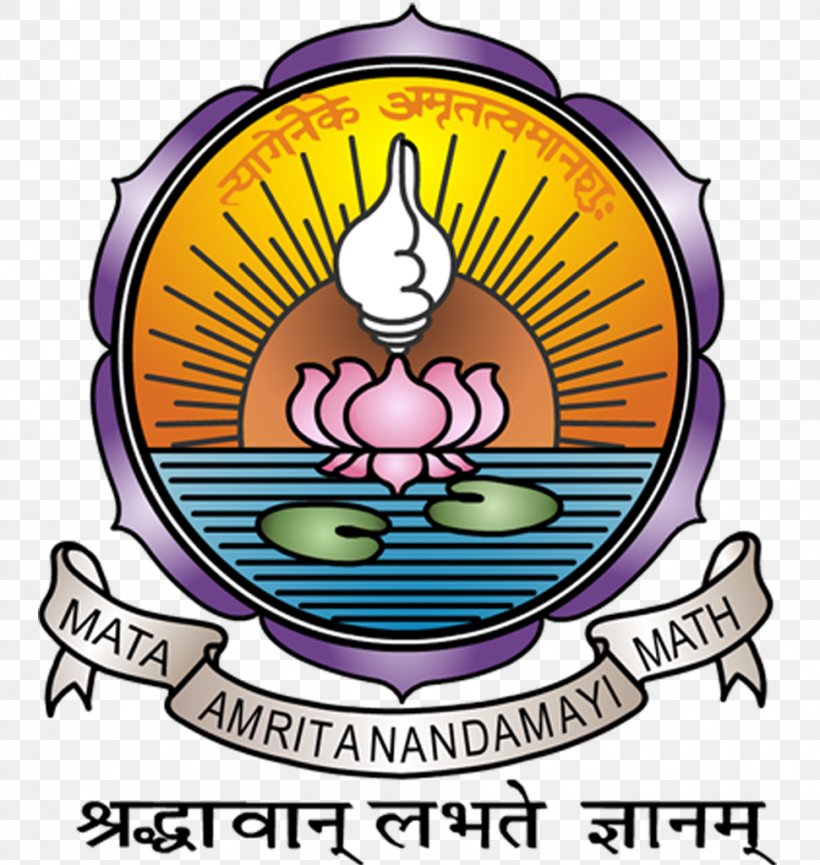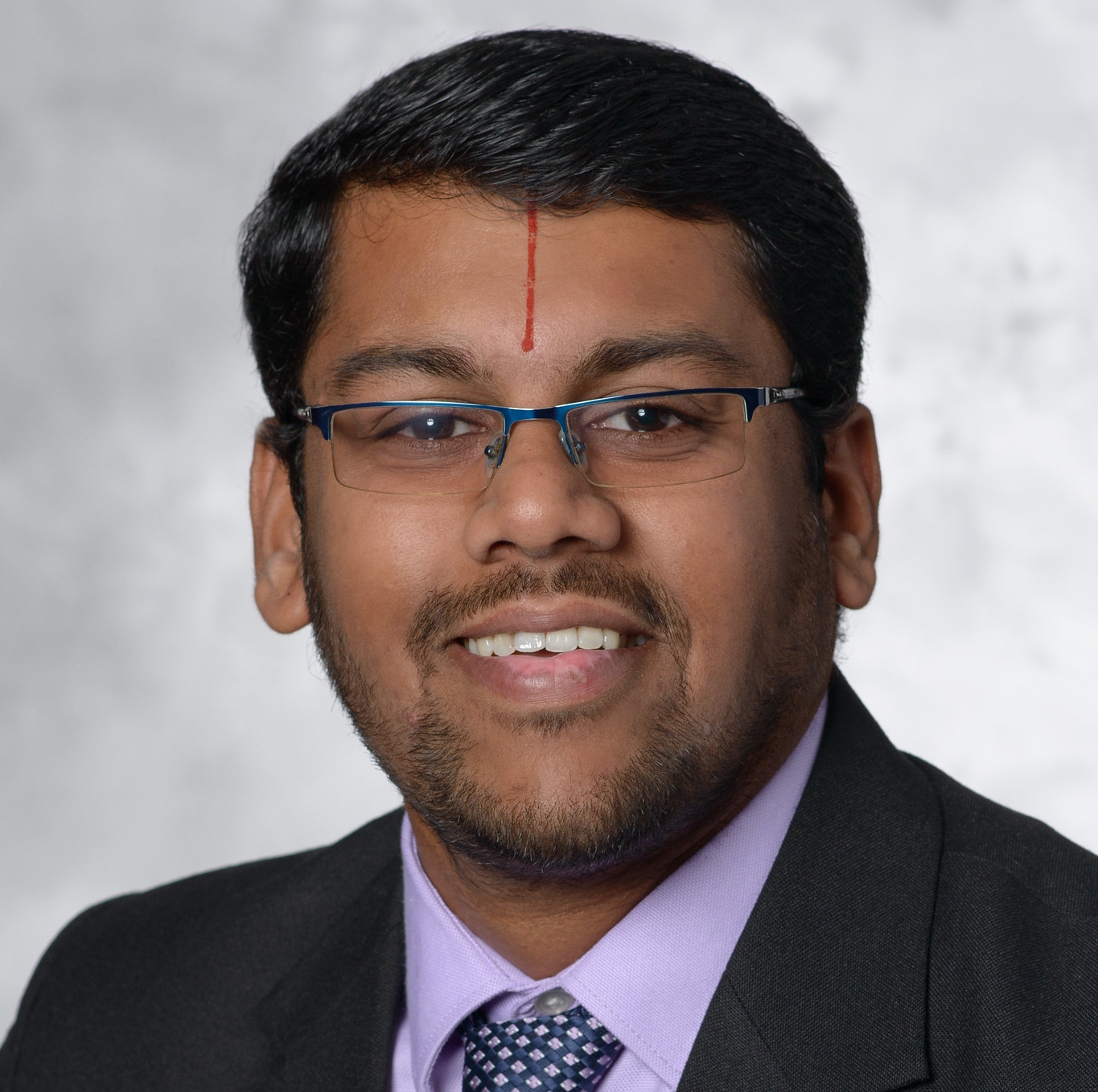I am currently a tenure-track assistant professor in the Department of Electrical and Computer Engineering at the University of Arizona. I was born and raised in the southern Indian coastal city named Chennai (fondly called Madras). The Greater Chennai Corporation, established in 1688, is the second oldest in the world after London!
Earlier, I was a postdoctoral research associate with Prof. Bane Vasic here at the University of Arizona, Tucson, AZ, USA. I completed my doctoral studies in the Department of Electrical and Computer Engineering at Duke University, Durham, NC, USA, under the supervision of Prof. Henry Pfister and Prof. Robert Calderbank at the Rhodes Information Initiative at Duke (iiD).
My dissertation is here.
Prior to this, I completed my Master of Science (M. S.) degree at Texas A&M University, where I worked with Prof. Henry Pfister on the construction of Cyclic Polar Codes. I was a graduate research intern during the summer of 2015 at Alcatel-Lucent Bell Labs, Stuttgart, Germany, where I worked on the analysis of Spatially-Coupled LDPC ensembles over burst erasure channels, under the supervision of Dr. Laurent Schmalen and Dr. Vahid Aref. My Master’s thesis discusses cyclic polar codes as well as my internship work. Earlier, I completed my Bachelor of Technology (B. Tech.) degree in Electronics and Communication Engineering at Amrita University, Coimbatore, India.
My research interests are in the realms of information and coding theory (both classical and quantum), and general inference problems. Currently, I am primarily working on error correction schemes for fault-tolerant quantum computing, quantum networking and quantum communications. I am actively involved in projects for the NSF-ERC Center for Quantum Networks (CQN), led by the University of Arizona, and the DoE-funded Superconducting Quantum Materials and Systems (SQMS) Center, led by Fermilab. I am a Member of the IEEE and the Information Theory Society.
I love pencil sketching and like to read about science, philosophy and life. I play cricket, volleyball, carrom board and bowling. I am a novice writer and hope to disseminate productive thought and knowledge through this powerful platform called internet. My old blog is here.
This website is powered by Jekyll and this theme is an open source contribution by Panos Sakkos. All suggestions for improving this website are most welcome.
Oct 2022: Paper on purifying GHZ states using quantum LDPC codes and iterative decoding
I will be attending the Annual All-Hands Meeting of our DoE-funded Superconducting Quantum Materials and Systems (SQMS) Center at Fermilab, Chicago
Sep 2022: I am the chosen finalist from our NSF-ERC Center for Quantum Networks (CQN) for the national level NSF ERC Perfect Pitch Competition to be held during the NSF ERC Annual Biennial Meeting in Washington, DC! See video here
Aug 2022: I have started as a tenure-track assistant professor in the Department of Electrical and Computer Engineering at the University of Arizona!
I am teaching ECE 340A: Introduction to Communications this semester
I will be representing our NSF-ERC Center for Quantum Networks (CQN) at the meeting with US Air Force Academy and Quantinuum in Denver!
July 2022: Physical Review A publishes our work on adaptive discrimination of product states!
Quantum publishes our work on concatenated QLDPC-GKP coding scheme!
May 2022: Paper on efficient decoding of quantum LDPC codes under data and syndrome errors Accepted to the 2022 International Conference on Quantum Computing and Engineering (QCE)!
Jan 2022: Our paper on approximate unitary 2-designs is published in Designs, Codes and Cryptography!
Nov 2021: Paper on concatenating the GKP bosonic code with discrete-variable quantum LDPC codes
IEEE Transactions on Information Theory publishes our work on mitigating coherent noise!
Sep 2020: I joined Prof. Bane Vasic’s lab at University of Arizona as a postdoctoral research associate!
Invited talk on quantum computing in the Math/Stat Virtual Tea at Mount Holyoke College
IEEE Transactions on Quantum Engineering publishes our Logical Clifford Synthesis (LCS) algorithm MATLAB implementation available open source on GitHub
May 10, 2020: I have been officially conferred the Doctor of Philosophy (Ph.D.) degree!
Mar 18, 2020: I successfully defended my Ph.D. in Electrical Engineering at Duke! My dissertation is called Classical Coding Approaches to Quantum Applications and my defense talk is on YouTube!
I turned out to be the first ever student in Duke Engineering to give the Ph.D. defense fully online
Jan 2020: I gave a talk in Quantum Information Processing (QIP ‘20) about our transversal T work! The video is available online
Shorter paper emphasizing the new classical coding open problem from quantum T gates

Tenure-Track Assistant Professor at University of Arizona

Postdoctoral Research Associate with Prof. Bane Vasic at University of Arizona

Research Associate with Prof. Henry Pfister and Prof. Robert Calderbank at Duke University

Doctor of Philosophy (Ph.D.) with Prof. Henry Pfister and Prof. Robert Calderbank at Duke University

Graduate Research Intern with Dr. Laurent Schmalen and Dr. Vahid Aref in the Optical Transport Group at Alcatel-Lucent Bell Labs, Stuttgart, Germany

Master of Science (M.S.) in Electrical Engineering at Texas A&M University

Bachelor of Technology (B.Tech.) in Electronics and Communication Engineering at Amrita University, Coimbatore, India

A list of my publications is below. You can also follow me on Google Scholar and ResearchGate (which includes unpublished notes and research).
Here is my most recent Curriculum Vitae.
Drop me an email if you are interested in my work or want to collaborate or to even say hello!